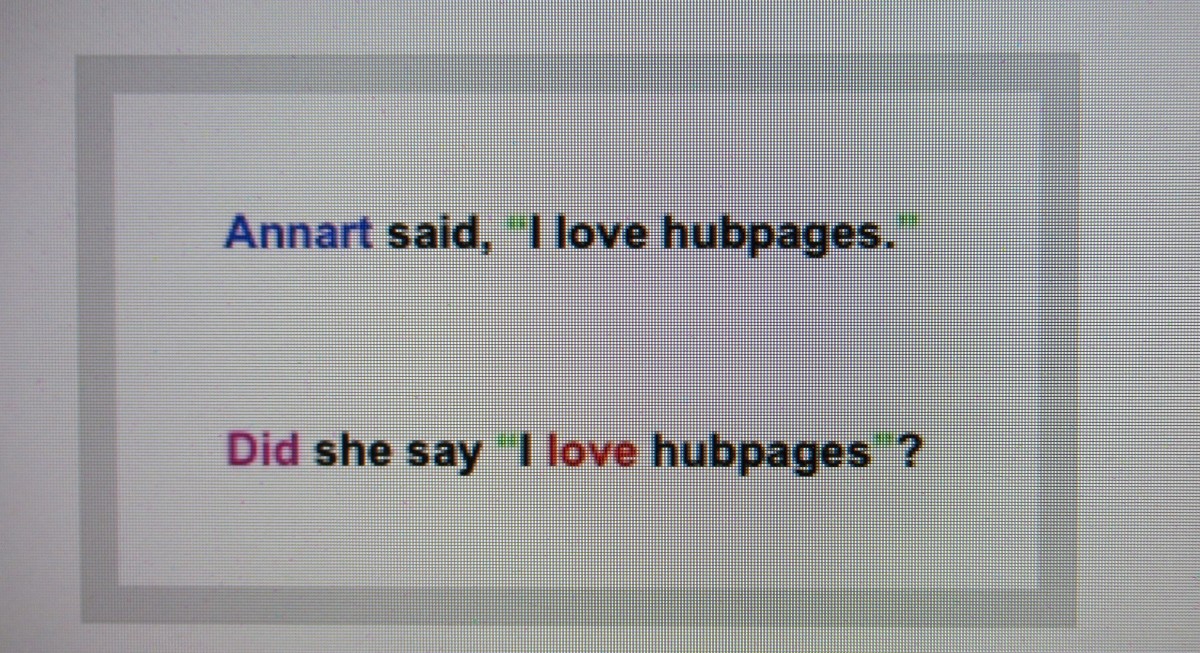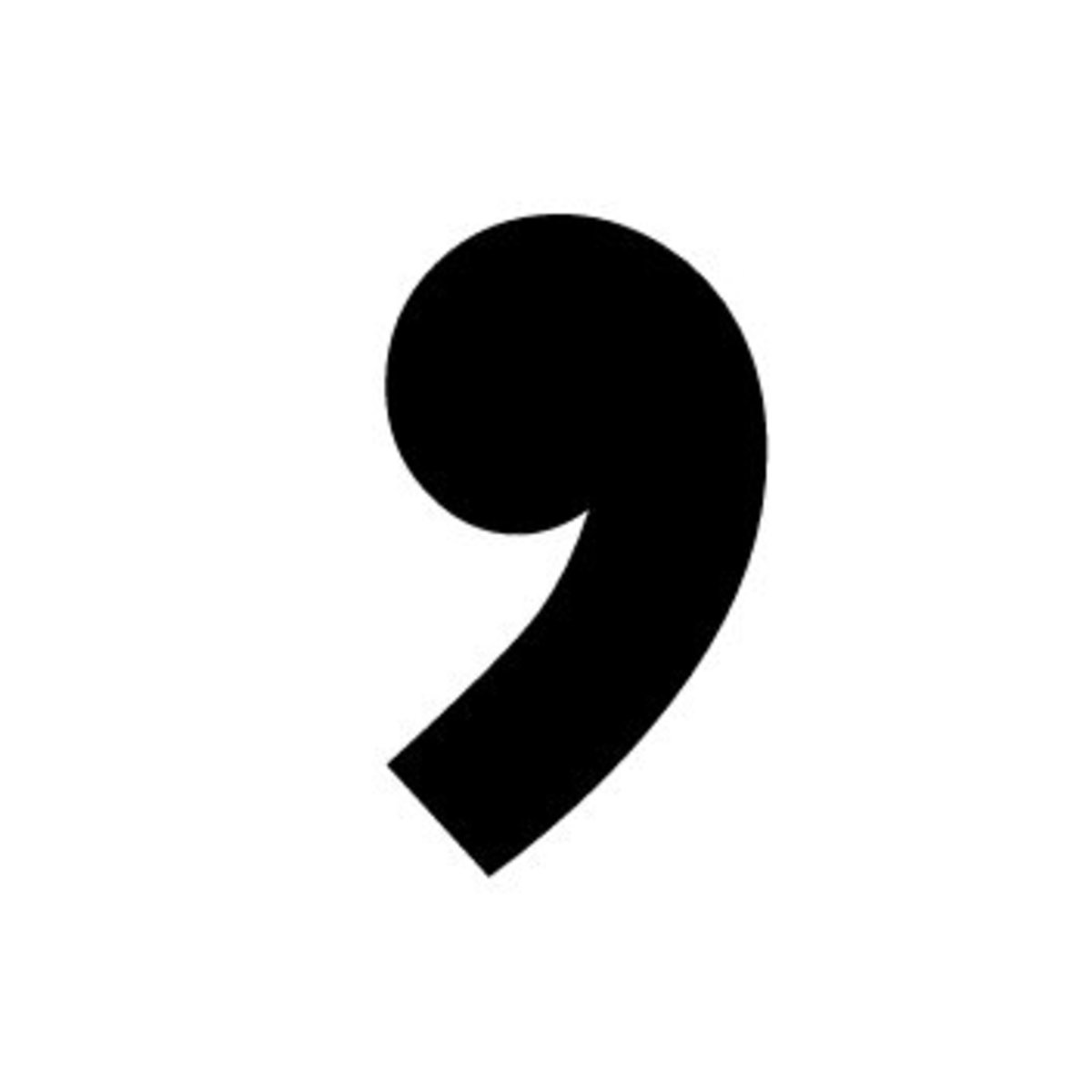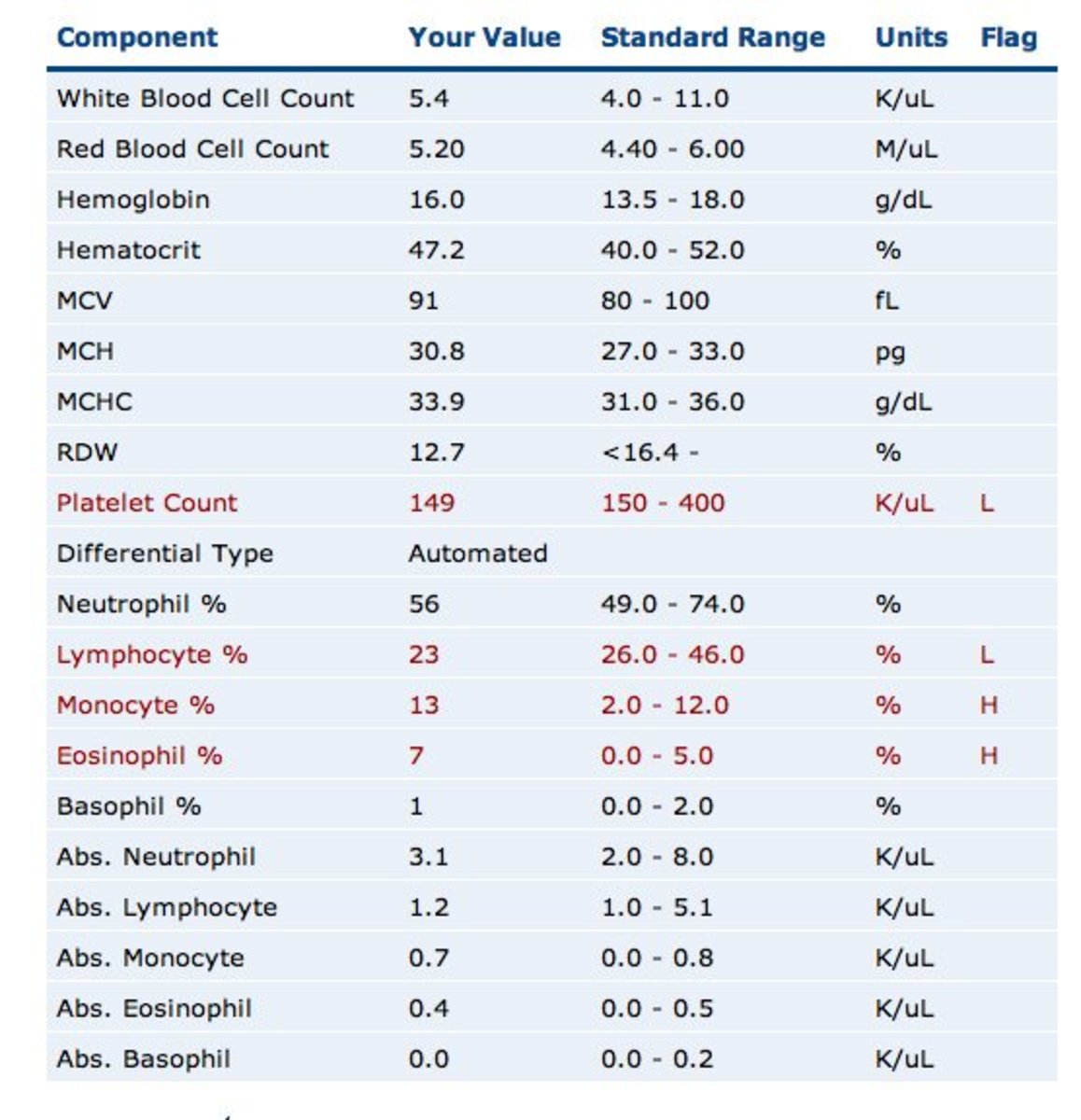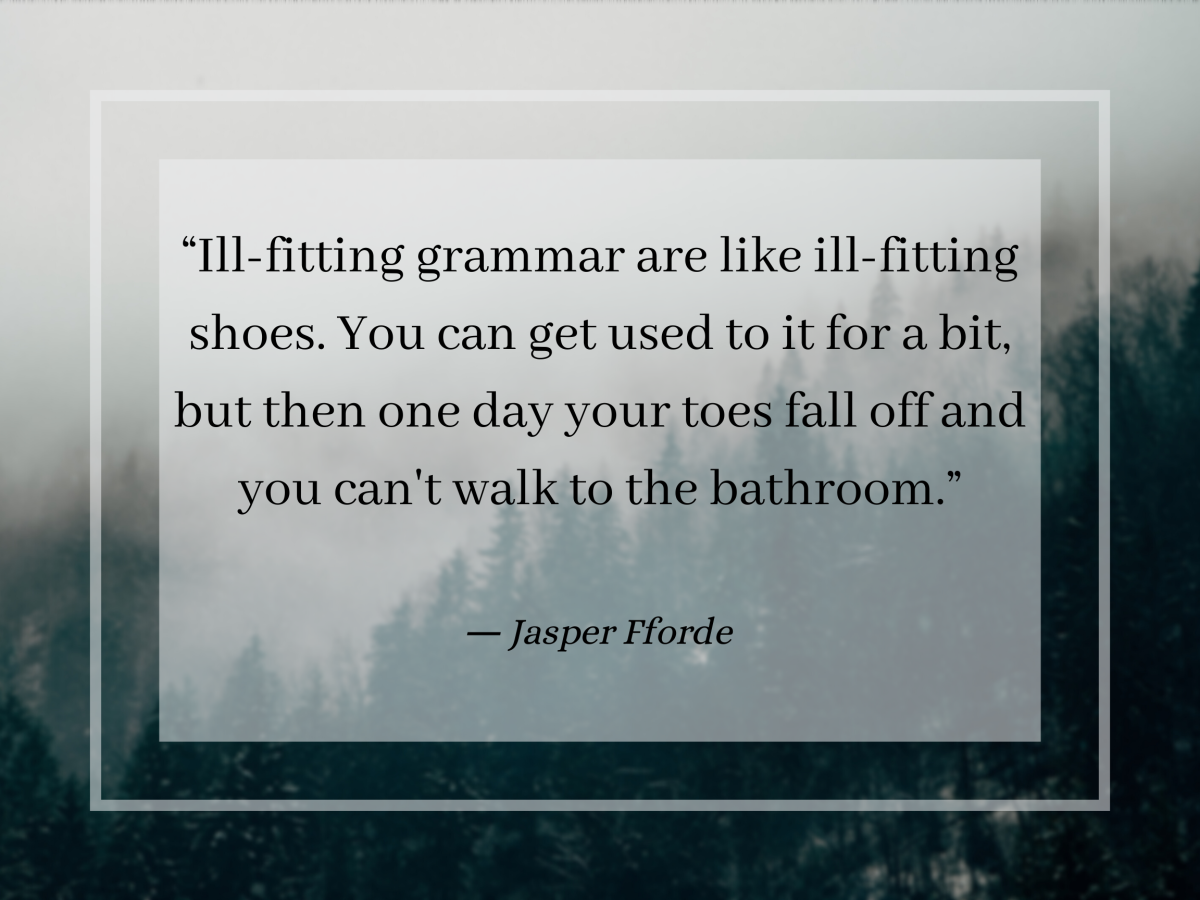- HubPages»
- Books, Literature, and Writing»
- Commercial & Creative Writing»
- Word Usage & Grammar
Correct Usage of Hyphens, En Dashes, and Em Dashes Explained
Introduction
Hyphens, en dashes, and em dashes are not just three horizontal lines of varying lengths that we see in our writing, each has its own distinctive function. Each of these adds to the correct meaning or emphasis of words in a sentence.
- He said he will surely follow up meetings very carefully.
- He did not attend several follow-up meetings last week.
Has the hyphen made any difference to the meaning?
Yes, it has.
Without the hyphen, ‘follow up’ is a verb. With the hyphen, ‘follow-up’ is an adjective for the noun, meetings.
Using Hyphens
Hyphen is the shortest horizontal line of all three. It is present on the keyboard just next to the zero key.
- Hyphens are used to join two words to make compound words.
i) Brother-in-law, forget-me-nots, state-of-the-art, matter-of-fact are compound words that are used as nouns.
ii) Ice-skate, air-lift are compound words that are used as verbs. These join two nouns.
- Helicopters were used to air-lift the flood victims.
- Children love to ice-skate along the snow-covered slopes.
iii) Well-written, soft-spoken, good-looking are compound words that are used as adjectives. An adjective is joined to a present or past participle.
- The teacher showed us some well-written essays.
- Japanese are soft-spoken people.
- I chose some good-looking oranges from the pile.
iv) Power-packed, sugar-free, life-saving are compound words that join nouns with adjectives.
- William delivered a power-packed speech yesterday.
- Diet Coke is a sugar-free drink.
- All numerals between twenty-one and ninety-nine are hyphenated.
- Telephone numbers, numbers written on barcodes, and Social security numbers are hyphenated.
- The words e-mail and X-ray are always hyphenated.
- Co-operate, pre-owned, post-1850 are prefixed words
a. He deals in pre-owned cars.
Some words starting with re are hyphenated according to the meaning intended.
a. We recover from an illness.
b. We need to re-cover the book.
- This use of hyphens is to show the common elements of a list.
- There was a two-, three-, and fourfold increase in profits in each successive year.
- This society has only four-, five-, and six-bedroom flats.
- Hyphens are used to express a specific age.
- Naman is a five-year-old child.
- Tony is two years old. (No hyphen is needed with the plural years)
Note that ‘year’ has hyphen on both sides.
Two important points to remember while using hyphens are as follows.
- Compound words used as adjectives are hyphenated only when they precede the noun. In case, compound adjectives are used after the noun they are describing then the hyphen should not be used.
Correct: This is a well-decorated room.
Incorrect: The room was well-decorated.
Correct: The room was well decorated.
- If the first word of the compound adjective is an adverb (ly word), it should not be hyphenated.
Correct: She serves superbly cooked food.
Incorrect: She serves superbly-cooked food.
The list of rules for hyphen usage is pretty long. And it takes considerable time and effort to master it.
However, there is a piece of good news for you.
Over the years, there has been a trend toward minimizing the use of hyphens. Hyphens get dropped, as in email, over the years. Hyphen has become a matter of stylistic preference. Different style guides specify their own set of rules for hyphenating certain words.
So, hyphen usage is a matter of style rather than the rule. This does not mean that the rules are no longer used. The rules are modified by stylistic preferences. For individual writers, it only means that they should refer to rules and dictionaries for using hyphens correctly. But in case of any doubt, they should use hyphens consistently.
This thumb-rule holds good for all compound words. Compound words are written in three different styles: closed, open, and hyphenated.
Grandparents, grandfather, grandmother are closed compounds.
Hamburgers and sandwiches are closed compounds.
French fries and ice cream are open compounds.
Again there is some overlapping over the years. So, the bottom line is to be consistent. But before doing that, it is better to check a good dictionary. This will ensure zero mistakes.
Using Dashes
Using En Dashes
En dash (–) is slightly longer than the hyphen. To type en dash we have to go to the ‘symbols’ option in Word.
En dashes are used to specify a range. Instead of writing ‘from 1990 to 1999’ we can write ‘1990–1999.’ Also, we can write numbers 100–1000.’
Last night he read p 57–110 of the novel, Gone with the Wind.
Using Em Dashes
Em dash (—) is the longest line of the three. To type em dash we have to go to the ‘symbols’ option in Word.
Em dashes are used to set off a part of a sentence from the main sentence like using parentheses.
- Many poor people—like this tattered beggar—have to suffer in the cold winter.
Another use is to section off the last part of the sentence.
- I hate political science—the teacher is so boring.
Conclusion
Hyphens, en dashes, and em dashes have their own set of usage rules, which thankfully have become flexible over time. The trend of increasingly using lesser hyphens is catching up. Also, style guides have laid down their own specifications. So, writers are required to be consistent in their work. However, hyphens do play an important role in clarifying the meaning of a particular expression.
Set A
- He applied for a concealed weapon license.
- I asked him to repress my clothes.
Set B
- He applied for a concealed-weapon license.
- I asked him to re-press my clothes.
In Set A, the first sentence, ‘a concealed weapon license’ is confusing. This confusion is cleared with the hyphen.
Similarly, repress does not make sense in the context of the second sentence of Set A. Adding the hyphen changes the meaning.
So, it is not advisable to blindly overlook the rules.
This content is accurate and true to the best of the author’s knowledge and is not meant to substitute for formal and individualized advice from a qualified professional.
© 2020 POONAM MALIK








